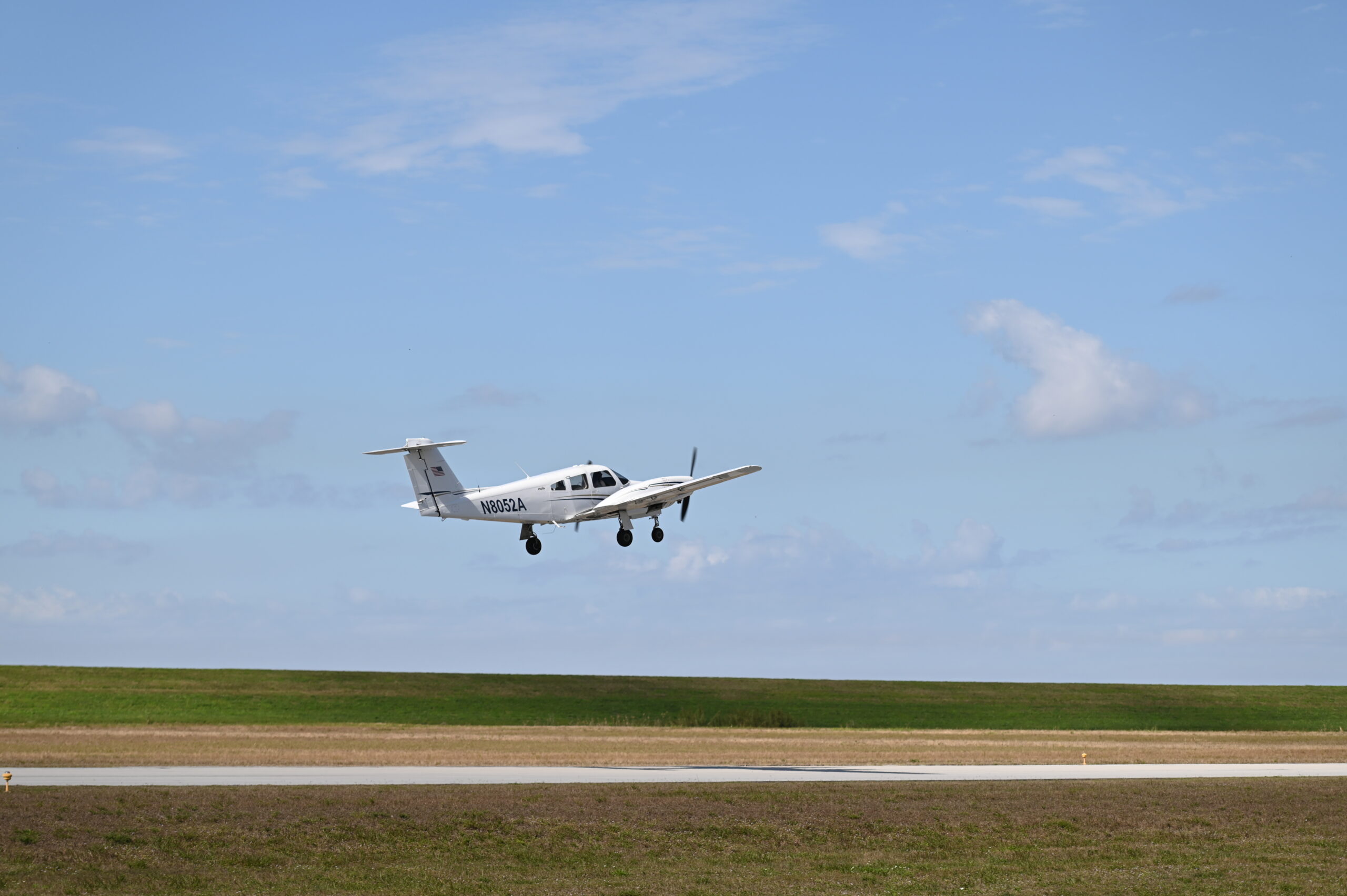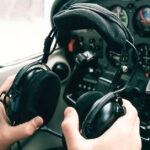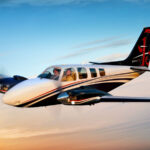by Mike Bliss
Of the 5,000-plus civil-use airports in the U.S., only 10% have operating control towers. Even if you regularly operate out of controlled airports, chances are you will still need to take advantage of non-towered airports for the convenient locations they may offer.
Whether the term “uncontrolled”, “non-controlled”, or “non-towered” airport is used, these terms do not mean that there is no control over traffic flow at these airports. What it means is that, rather than a controller issuing instructions, the control comes from each pilot following certain prescribed local procedures unique to that airport. These local procedures have to do with traffic pattern altitude, left or right traffic patterns, a Common Traffic Advisory Frequency to monitor and report your intentions, and any other instructions specific to that airport. Like all VFR flying, the “see and avoid” rule is the foundation of all airport vicinity operations.
While you may think it is just a matter of showing up and landing at a non-controlled airport, spending a little time in preparation will be well worth it. A logical place to begin is with the appropriate Chart Supplement, where a wealth of information is available. There you can find the frequencies in use, airport elevation, pattern altitude, runways available (including lengths, surface type, obstructions, pattern direction, etc.) If you are planning to arrive at night, airport and runway lighting are described, as well as whether the lighting can be pilot-controlled. In the “Services” section, you can find fuel availability and hours of operation, food available, and many other helpful facts.
During your preparation, be sure to check with Flight Service to see if there are any NOTAMS issued for the airport or nearby navaids. You wouldn’t want to be surprised upon arrival to find out the airport is closed for runway resurfacing. (Ask me how I know.)
A good weather briefing is also part of the preparation. Most likely, there will not be weather reporting for the airport itself, but there may be a nearby airport that does report weather. Obviously, things like ceiling and visibility are important, but paying attention to surface winds will give you a good idea of which runway will be active and can make the transition from en route to the traffic pattern more efficient.
Another helpful tip would be to look online to see if the airport has any published IFR approach procedures. Even if you plan to fly VFR, there is helpful information available on these approach charts. All relevant frequencies are listed, both for communication and navigation. There may be a radial from a nearby VOR or a GPS waypoint that can be helpful when arriving in the airport vicinity. Also, look for the obstructions that are depicted on the plan view. There may be radio towers or other obstacles you need to be aware of before arrival.
You should also prepare a route log that contains all the information you have found during your pre-flight preparation. When you arrive at the airport, your focus should be looking for traffic, not searching for information that would be readily available on your route log.
Part of the pre-flight preparation should be thinking about when you should begin your descent from cruise altitude to traffic pattern altitude. The higher your cruise altitude, the more important this becomes. The descent point should be calculated based on a comfortable rate of descent and taking into account necessary terrain clearance.
Before you approach the airport, begin listening to the CTAF. The goal is to confirm the active runway and get a mental picture of traffic in the pattern. If the traffic pattern is crowded, begin to picture how you will fit into the flow. With this in mind, announce your position and intentions. If you see another airplane on downwind, announce your intentions relative to that aircraft. For example: “Entering left downwind behind the Cessna midfield.” The clearer you make your intentions known, the smoother the traffic flow works for everyone.
Announce turning base and final as well. Always keep in mind that there may be pilots entering the pattern without announcing their position. Keep your eyes outside the airplane and your head on a swivel—particularly on base—to make sure there is not an aircraft flying straight-in on final. If your approach path to the airport would make a straight-in landing the best option, that is acceptable as long as you make it known and as long as you can fit into the flow of traffic without disrupting other aircraft. If you can’t, plan to enter on a 45 to downwind.
Following the rules and procedures outlined here, and in the Aeronautical Information Manual, will certainly increase safety and comfort when operating at uncontrolled airports.










